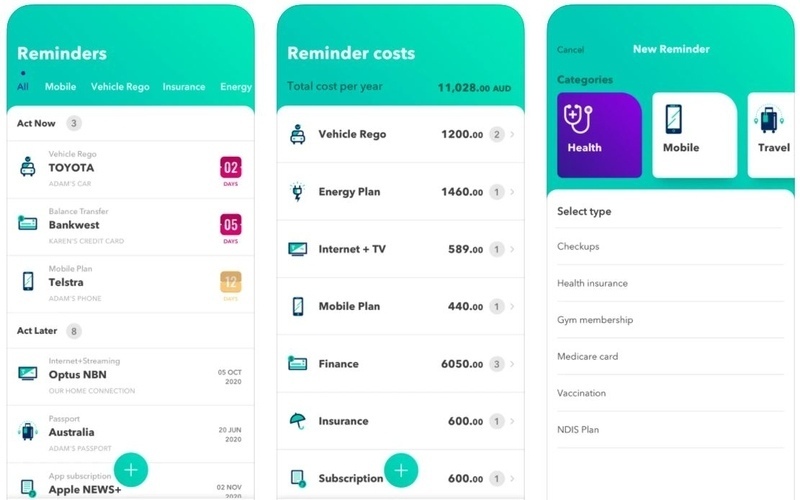However, while the average annual household bill fell to $1,509 over the past year, households were still paying about 20% ($254) more than in 2007-08.
Additionally, the average price for a unit of electricity drawn from the grid was about 45% higher in real terms.
ACCC chair Rod Sims pointed to recommendations made in July 2018, recommendations that it estimated could save the average household between 20-25% on their electricity bill: around $290-$415.
“There is still work to be done to make electricity more affordable for households,” Mr Sims said.
“We continue to seek action on our previous recommendations, which we believe will help drive bills down.”
Some of the recommendations include:
- Abolishing the current retail ‘standing’ offers (which are not the same between retailers), and replacing them with a new ‘default’ offer consistent across all retailers, set at a price determined by the Australian Energy Regulator (AER).
- Requiring retailers to reference any discounts to the new ‘default’ offer pricing determined by the AER, making it easier for consumers to genuinely compare offers. Conditional discounts, such as pay-on-time discounts, must not be included in any headline discount claim.
- A mandatory code for comparator websites be introduced so that offers are recommended based on customer benefit, not commissions paid.
- Voluntary write downs of network over-investment, including by the NSW, Queensland and Tasmanian governments (or equivalent rebates). This could save consumers in NSW, Queensland and Tasmania at least $100 per year.
Further action on environmental scheme costs needed
The ACCC cites environmental costs as the biggest driving factor behind the increase in average bills over the last decade, due to state and federal government policies aimed at greater uptake of renewable energy.
Customers with solar panels made up 16% of all residential customers in the National Electricity Market (NEM) in 2018-19, compared to just 0.2% in 2007-08.
Many of these policies result in additional costs for retailers, who then pass this cost onto customers.
The average household pays about $550 a year more than households with solar panels, which the ACCC believes raises questions about fairness.
“The cost of installing solar panels has reduced significantly in recent years, so environmental schemes like the premium FiT rebates are no longer needed to make solar an attractive option for those households that can afford it,” Mr Sims said.
“Indeed, all customers who can, should consider how much they could save by installing solar panels.
“We are primarily concerned about the additional costs such schemes have imposed on households that cannot access or afford to install solar panels.
“Funding environmental schemes through government budgets rather than through increased electricity charges should also be considered as a more equitable option.”
Recent reforms will lower prices and improve competition
Reforms to retailer pricing that launched in July of this year are benefiting about 900,000 customers on default electricity plans in several states.
“Households on default plans in South Australia, NSW, south-east Queensland and Victoria are estimated to save between $152 and $455 in 2019–20, depending on their state and distribution zone,” Mr Sims said.
“Small business customers on default plans in South Australia, NSW and south-east Queensland are also expected to see reductions in their annual bills, estimated at between $510 and $980.”
However, switching from these default plans to a median priced market offer could save customers between $160 to $230.
Additionally, shopping around outside of the big three retailers - AGL, EnergyAustralia and Origin - could save customers even more.
“Households can find an even better deal by shopping around and looking at the offers of some of the smaller retailers in the market,” Mr Sims said.



 Harrison Astbury
Harrison Astbury
 Harry O'Sullivan
Harry O'Sullivan

 William Jolly
William Jolly
 Aaron Bell
Aaron Bell

